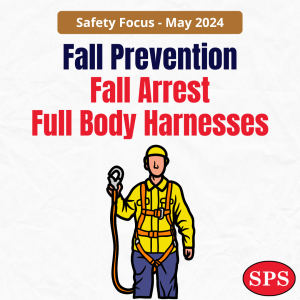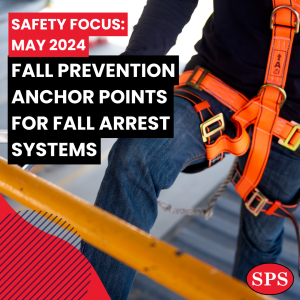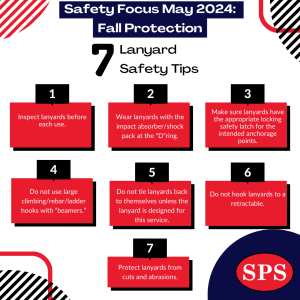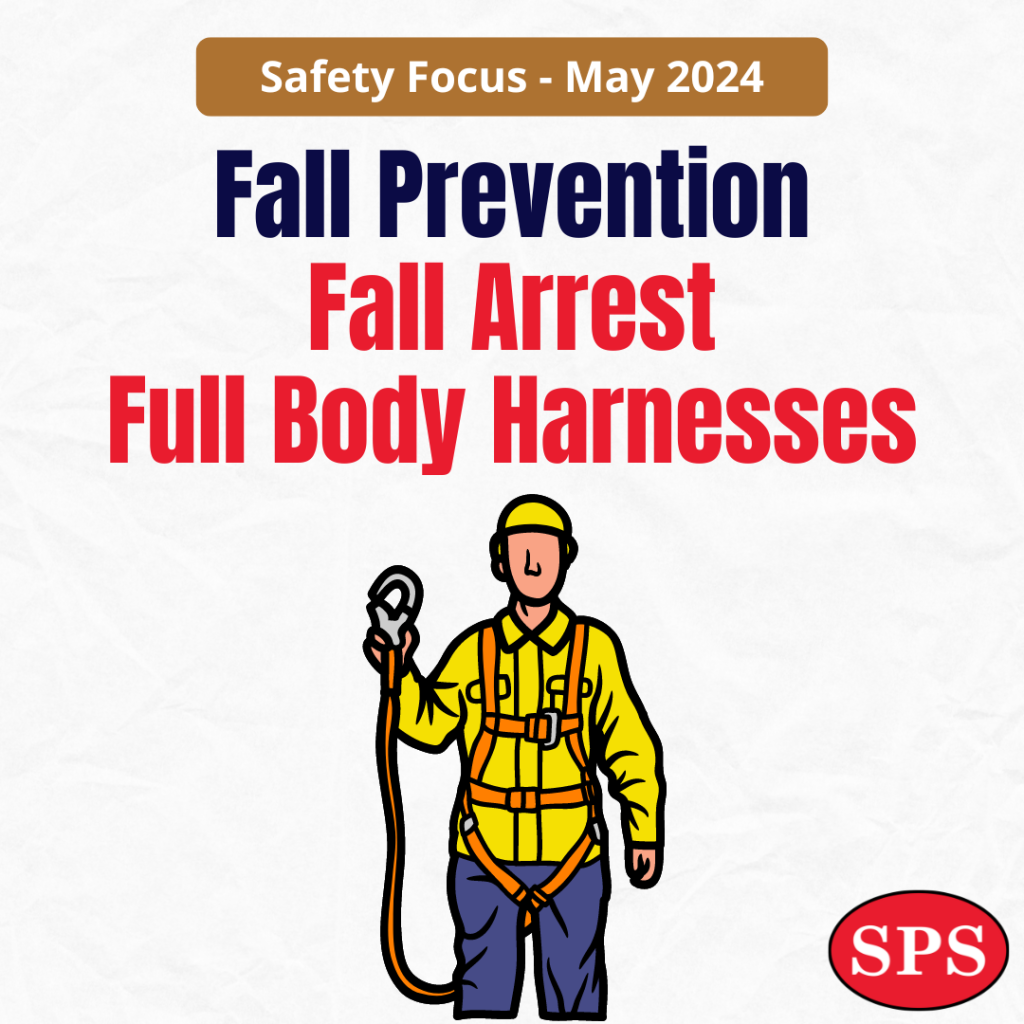Falls from one level to another are among the leading causes of severe injuries and deaths among workers in the United States. And to add insult to injury, no pun intended, many workers who were injured or killed were wearing a full body harness as part of a personal fall arrest system, but their full body harness was not properly worn or adjusted, and it failed to work.
You’ve got your full body harness on and properly adjusted, and you’ve attached the proper end of your lanyard to the back D-ring on your harness. The next step is to attach the other end of your lanyard to an anchor point. But selecting the wrong anchor point could have some painful, or even deadly, ramifications. That means you must put some serious thought put into what you hook off to with your lanyard.
Lanyards (or self-retracting lifelines) reduce the arresting forces on a worker during a fall. The standard lanyard length could vary. Follow these guidelines for safe use of lanyards…
Falls are a leading cause of construction injuries and fatalities. Workers can fall from ladders, scaffolds, vehicles, heavy equipment, aerial lifts, platforms, and roofs, and through holes or openings in floors or roofs. Guardrails can prevent a fall.





